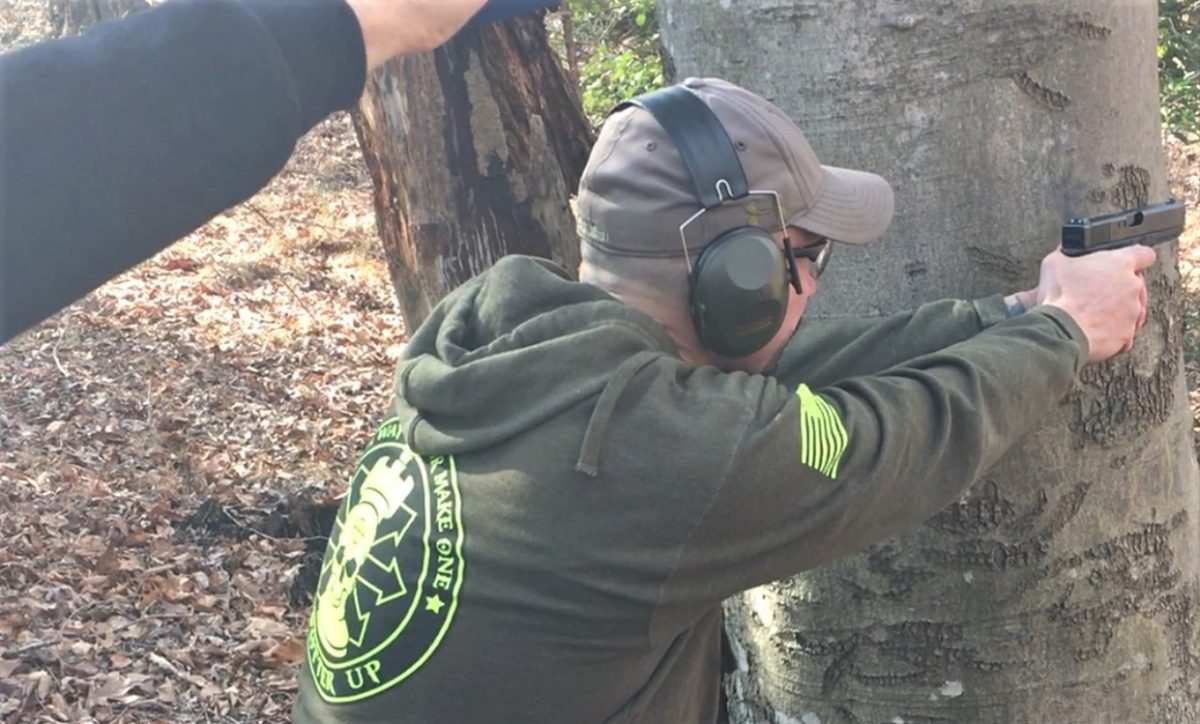
If your firearm practice and or training only takes place on the range, you’re doing yourself a disservice. Unfortunately, not all of us have the time or money to visit our local range every week to put rounds on target, but that’s something we can work around to stay sharp via dry firing. Now for some, pushing yourself through the title of this article was challenge enough. Dry firing isn’t the most interesting of topics or forms of practice, but hold your horses and let’s break it down.
“How can dry firing be useful in our training regime?”, you may ask. Dry firing allows us to practice multiple different skill sets in the comfort of our own home or almost anywhere without the obvious act of using live ammunition. The textbook definition of dry firing is “the practice of firing a firearm without ammunition.
That is, to pull the trigger and allow the hammer or striker to drop on an empty chamber.” Seems pretty cut and dry. Some may only imagine dry firing being good for practicing trigger manipulation, but that’s only one of many skill sets we can practice. Everything from presentation, reloads, malfunctions, you name it, can also be done through dry firing.
Think of dry firing as going to the gym and working out all your different muscle groups. You start to see results after keeping with a strict regime for some time, such as a loss of fat, increase in muscle tone, increase in strength, and overall a healthier you. For those who work out or go to the gym on a regular basis, an understanding of having a routine and putting in the work to become stronger is of the utmost importance.
It’s the same with dry firing. Focus on something you’re not particularly stellar at and work at it until you’re more proficient. For example, if your reloads are slow, or just plain sloppy, keep that firearm in your workspace and focus on that magwell as you index your fresh magazine in.
Then when you finally do get some time to put rounds down range, you can run reloads for a few minutes to make sure everything you practiced is properly cemented. Make the time to dry fire regularly and watch as you start to see improvement.
Joshua is using snap caps in the video. Another great tool to use when practicing
“How long should I dry fire for?” That allotted time is purely up to the individual. Even just five minutes a day can be sufficient if you hone in on the things you need to improve. Before you head out to work, dry fire. When you come back from the range, dry fire.
When you’re watching your favorite tv show or movie, dry fire. You just died playing Battlefield and are waiting to respawn? Dry fire. The time spent dry firing is time and money saved on the range. Ammunition is also conserved and can be used for certain skill sets that require live fire, such as recoil management, or drilling and training with others.
Now get to it! Of course, make sure you unload your firearm whether it be your handgun or long gun in the safest direction possible, ensure all magazines are unloaded and set yourself and your gear up for what you need to practice. Some other useful tools that can be utilized to enhance your dry firing are but not limited to: shot timer, targets, training pistol (SIRT), video camera or phone to record yourself and analyze your session, a partner, snap caps (dummy rounds also known as snap caps). For any questions about dry firing or anything the guys at SpotterUp.com are more than willing to help out!


